Laugh-O-Gram, el estudio de animación donde Walt Disney, a los veinte años, dio sus primeros pasos como pionero de los dibujos animados fue restaurado y comenzará a funcionar como centro de creatividad de alta tecnología para las nuevas generaciones de Kansas City, y contará con un museo.
Según la leyenda, se trata del edificio donde ratones reales inspiraron al joven Walt para crear el personaje de Mickey Mouse años después.
Revivir Laugh-O-Gram no se trata solo de nostalgia: se trata de brindarles a los niños de Missouri acceso a las herramientas, la capacitación y el espacio para crear profesionalmente, informaron medios locales.
Disney tuvo una conexión muy importante con Kansas City, donde estudió y jugó un papel crucial en sus primeros pasos en el mundo de la animación. Después de décadas de buenas intenciones pero sin un cronograma claro, el edificio finalmente está al borde de un renacimiento completo gracias a la financiación pública y privada y una creciente ola de apoyo local.

Laboratorio de animación y Museo Interactivo
El renovado Laugh-O-Gram albergará aulas, un laboratorio de animación y un museo interactivo dedicado a los años de formación de Disney en la ciudad.
“La restauración del Laugh-O-Gram salva uno de los sitios históricos más importantes de Estados Unidos”, afirmó Butch Rigby, presidente de Thank You Walt Disney.
Puede parecer egoísta, pero la historia de una de las figuras más influyentes del siglo XX no solo se preservará, sino que también se vivirá a través de las lecciones aprendidas por jóvenes que intentarán crearán arte en las mismas salas donde un joven Walt Disney y otras leyendas de la animación aprendieron su oficio.
Disney, cuya familia se había mudado a Kansas City en 1911, tenía 20 años cuando fundó Laugh-O-Gram e hizo una serie de cortos inspirados en cuentos de hadas clásicos y las recordadas “Aventuras de Alice”.
Los primeros experimentos de Walt en el mundo de la animación sentaron las bases de sus éxitos posteriores. El estudio también formó a Ub Iwerks, Friz Freleng, Hugh Harman y Rudolf Ising, artistas algunos de los cuales más tarde contribuirían a la creación de los grandes éxitos de la compañía, entre ellos, el primer largometraje animado, “Snow White and the Seven Dwarfs” (1937).

“Todo comenzó con un ratón”
Fue en Kansas City donde Walt Disney, habiendo visto ratones deambulando por el estudio, se inspiraría, unos años más tarde, para crear el personaje Mickey Mouse. Años después, el realizador afirmaría: “Todo comenzó con un ratón”.
El Laugh-O-Gram se declaró en quiebra en 1923 debido a problemas financieros. Pero fue después de ese fracaso que Walt decidió mudarse a Hollywood, donde fundó lo que se convertiría en el imperio Disney.
Mickey Mouse, embajador de Walt Disney Company, fue creado por Walt Disney en 1928 después de que tuviera que dejar su primer personaje concebido con Ub Iwerks, Oswald el conejo afortunado, a su productor.
Los primeros cortos que lo protagonizaron estuvieron animados principalmente por Iwerks. Más tarde también se convirtió en un protagonista de cómics, largometrajes, series de televisión y una gran variedad de productos.

Versión en Inglés

Walt Disney’s first studio in Kansas City will be an interactive museum
Laugh-O-Gram, the animation studio where Walt Disney, at age 20, took his first steps as a cartoon pioneer, has been restored and will begin operating as a high-tech creativity center for Kansas City‘s younger generations, and will feature an interactive museum.
According to legend, this is the building where real mice inspired young Walt to create the Mickey Mouse character years later.
Reviving Laugh-O-Gram isn’t just about nostalgia: it’s about giving Missouri children access to the tools, training, and space to create professionally, local media reported.
Disney had a very important connection to Kansas City, where he studied and played a crucial role in his early steps in the world of animation. After decades of good intentions but no clear timeline, the building is finally on the verge of a full renaissance thanks to public and private funding and a growing wave of local support.

Animation Lab and Interactive Museum
The renovated Laugh-O-Gram will house classrooms, an animation lab, and an interactive museum dedicated to Disney’s formative years in the city.
“The restoration of the Laugh-O-Gram saves one of America’s most important historic sites,” said Butch Rigby, president of Thank You Walt Disney.
It may seem selfish, but the story of one of the most influential figures of the 20th century will not only be preserved, but will also live on through the lessons learned by young people who will try their hand at creating art in the same rooms where a young Walt Disney and other animation legends learned their craft.
Disney, whose family had moved to Kansas City in 1911, was 20 years old when he founded Laugh-O-Gram and made a series of shorts inspired by classic fairy tales and the beloved “Alice in Wonderland.”
Walt’s early experiments in animation laid the groundwork for his later successes. The studio also trained Ub Iwerks, Friz Freleng, Hugh Harman, and Rudolf Ising, artists some of whom would later contribute to the creation of the company’s greatest hits, including the first animated feature film, “Snow White and the Seven Dwarfs” (1937).

“It All Began with a Mouse”
It was in Kansas City that Walt Disney, having seen mice roaming around the studio, would be inspired a few years later to create the character Mickey Mouse. Years later, the filmmaker would say, “It all began with a mouse.”
The Laugh-O-Gram went bankrupt in 1923 due to financial problems. But it was after that failure that Walt decided to move to Hollywood, where he founded what would become the Disney empire.
Mickey Mouse, an ambassador of the Walt Disney Company, was created by Walt Disney in 1928 after he had to leave his first character conceived with Ub Iwerks, Oswald the Lucky Rabbit, to his producer.
The first short films starring him were primarily animated by Iwerks. He later became a protagonist in comics, feature films, television series, and a wide variety of merchandise.



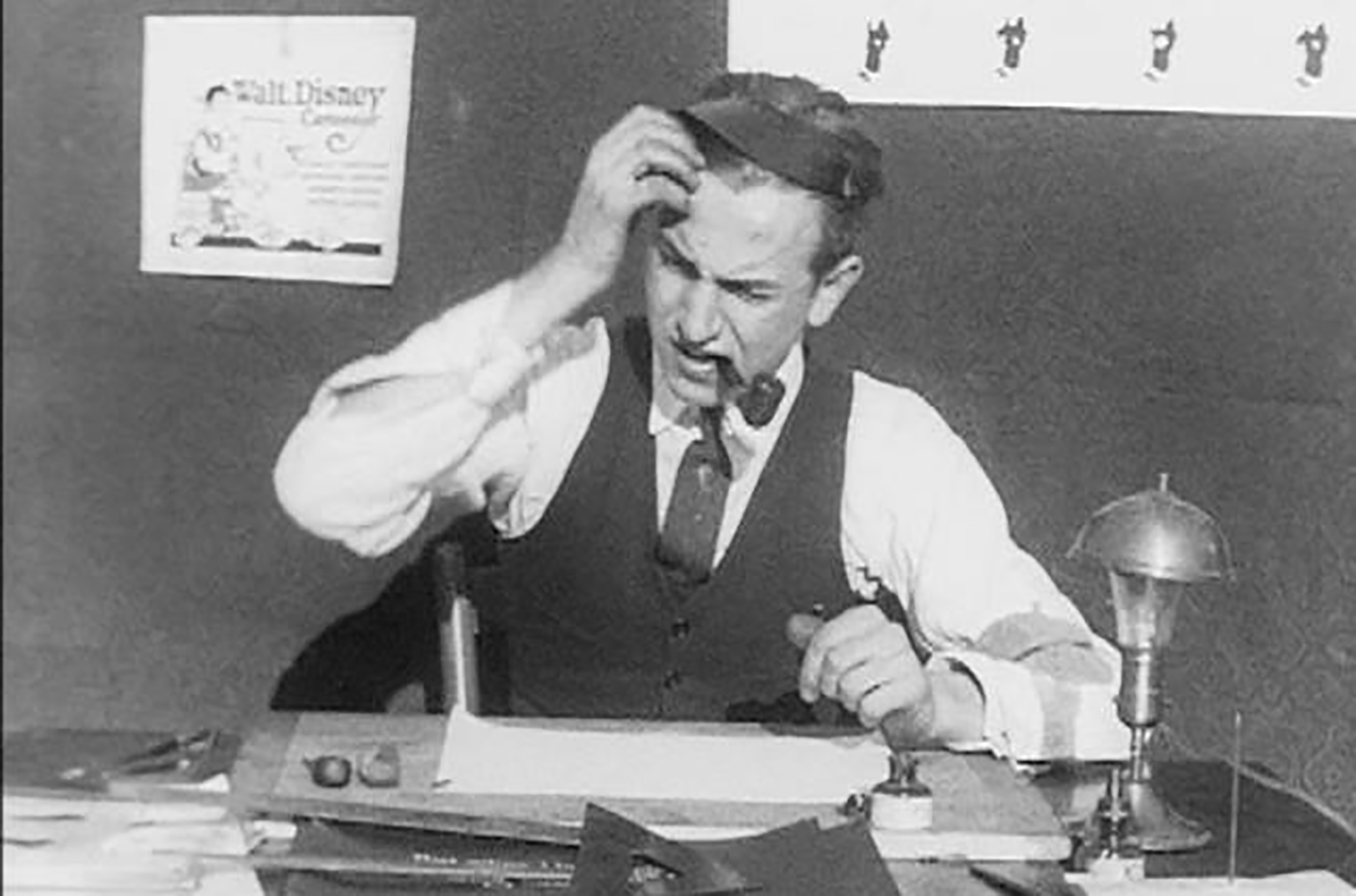


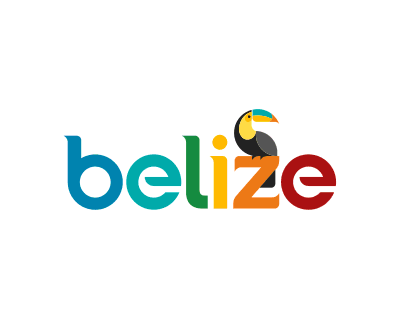
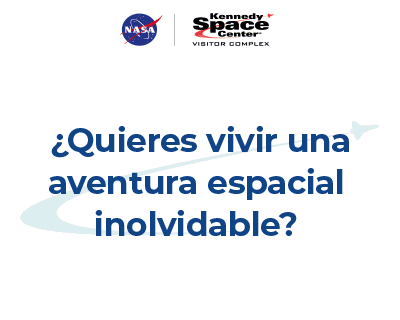
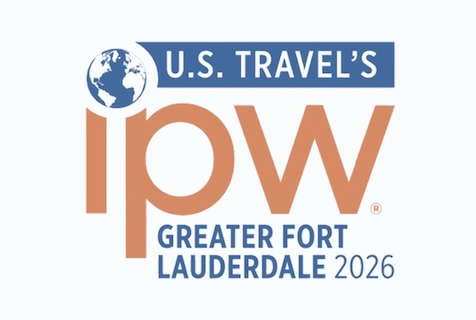


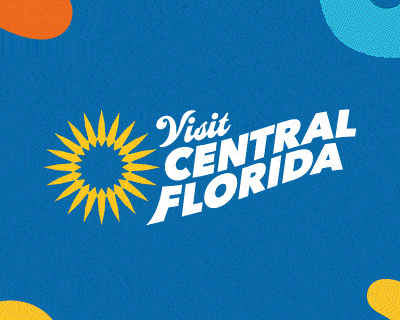
Dejá una respuesta